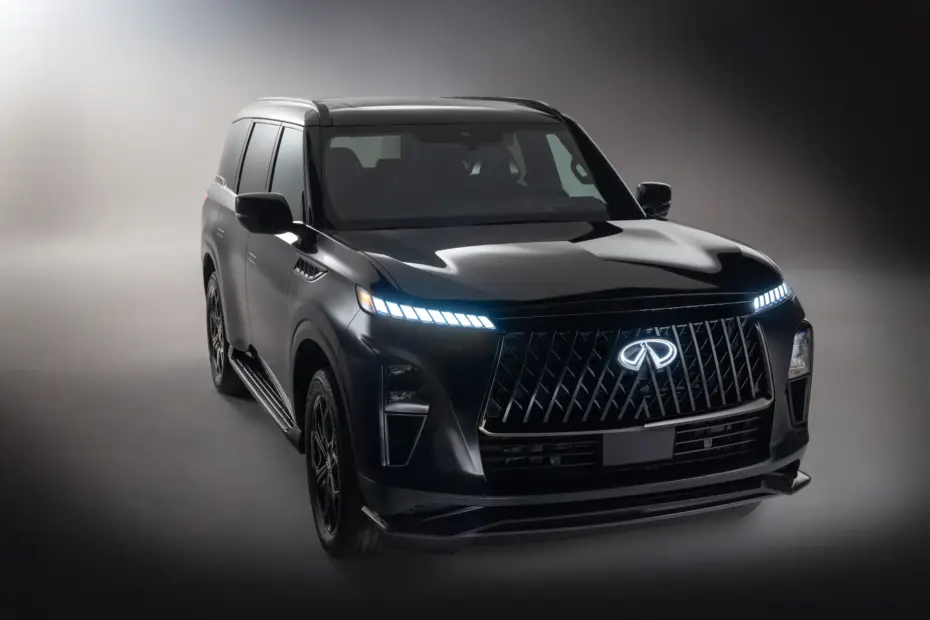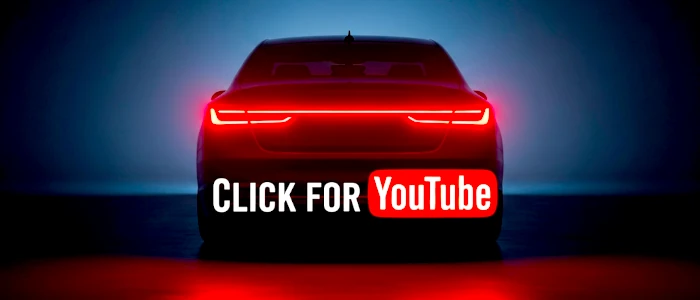The Infiniti QX80 Sport 2026 arrives with the swagger of a flagship model and the attitude of “I’m not here to play around.” Twin-turbo V6, high-tech cabin, and a price exceeding $100,000 — it’s pure luxury, commanding presence, and yes, some choices that will divide opinions.
What’s new in the QX80 Sport 2026 and why does it matter?
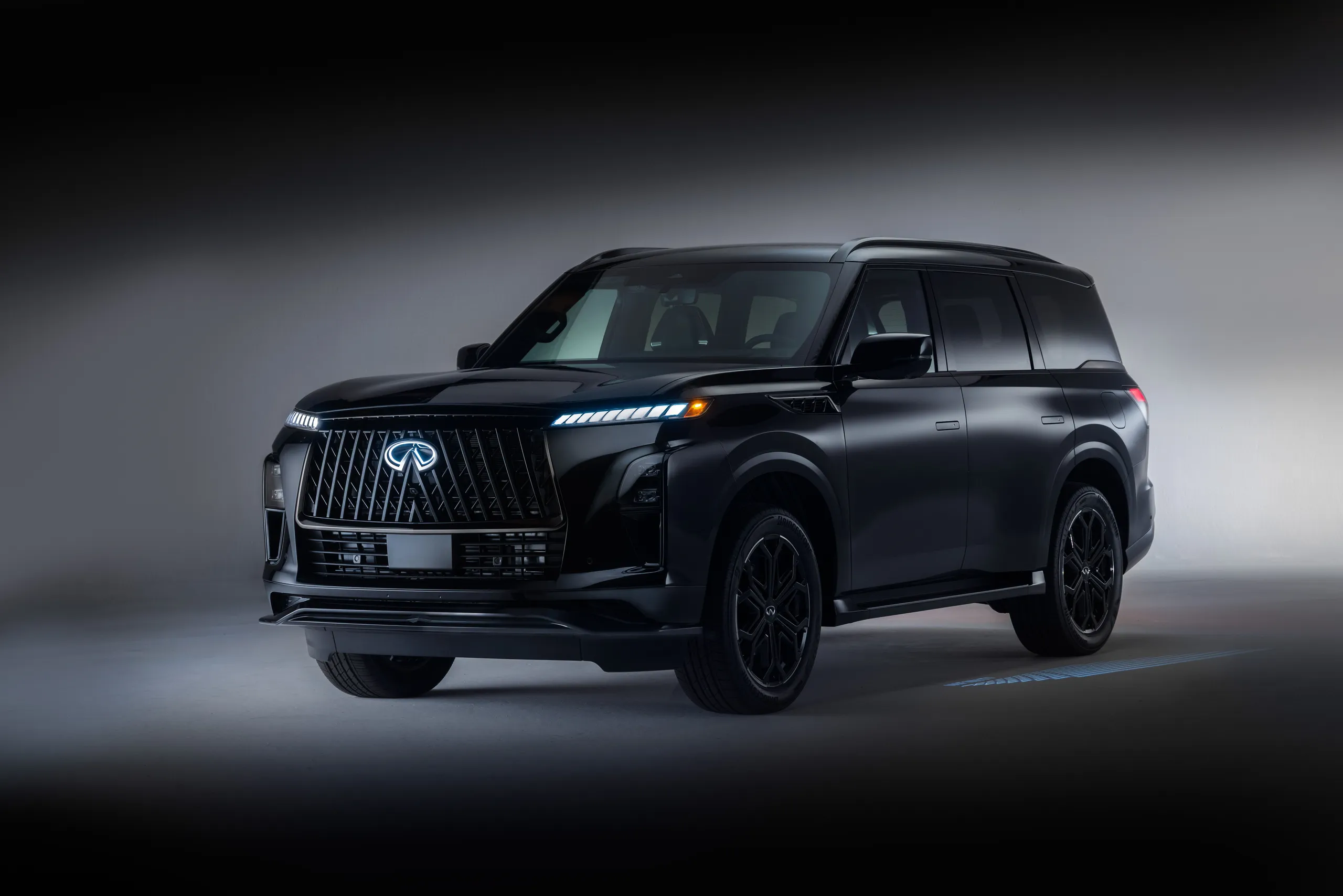
“Sport” here is about aesthetics and equipment package, not increased performance. The powertrain remains the same as the rest of the lineup, but the visual appeal is more aggressive with a unique grille, redesigned front bumper, dark chrome accents, and 22-inch wheels. This attracts those who want a presence without going overboard mechanically, and honestly, it works remarkably well.
Inside, the Dusk Blue theme combines semi-aniline leather, open-pore wood, and dark matte chrome finishes — minimal gloss, maximum premium feel. It’s modern luxury, without looking like an old-fashioned living room, aligning well with the global positioning of this model at the top of its segment.
Does the 450 hp twin-turbo V6 deliver more than just V8 nostalgia?
Powered by the VR35DDTT 3.5-liter twin-turbo V6, it delivers 450 hp at 5,600 rpm and 516 lb-ft (≈700 Nm) at 3,600 rpm; in practice, it offers more usable power than the old V8 and quicker responses. The 9-speed automatic keeps revs low on highway cruise and delivers torque early — great for a heavy SUV. Numbers show 0-60 mph in 6.1 seconds and a limited top speed of 123 mph, according to independent measurements “fast and quiet even under full throttle”.
All-Mode 4WD traction is standard on the Sport, with smart torque distribution between axles. Towing capacity? Up to 8,500 lbs (≈3,856 kg). It’s not a track destroyer — nor does it promise to be — but it pushes this colossal SUV with zero drama. And in real-world use, that’s worth its weight in gold.
Can the chassis and suspension handle the size without punishing?
It rides on a sturdy body-on-frame platform, with electronic air suspension and adaptive dampers (Dynamic Digital Suspension). On smooth roads, it’s a luxury cruiser; on rough pavement, those 22-inch wheels and low-profile tires make handling a bit “nervous.” That’s the visual price of the “blacked-out badass” look.
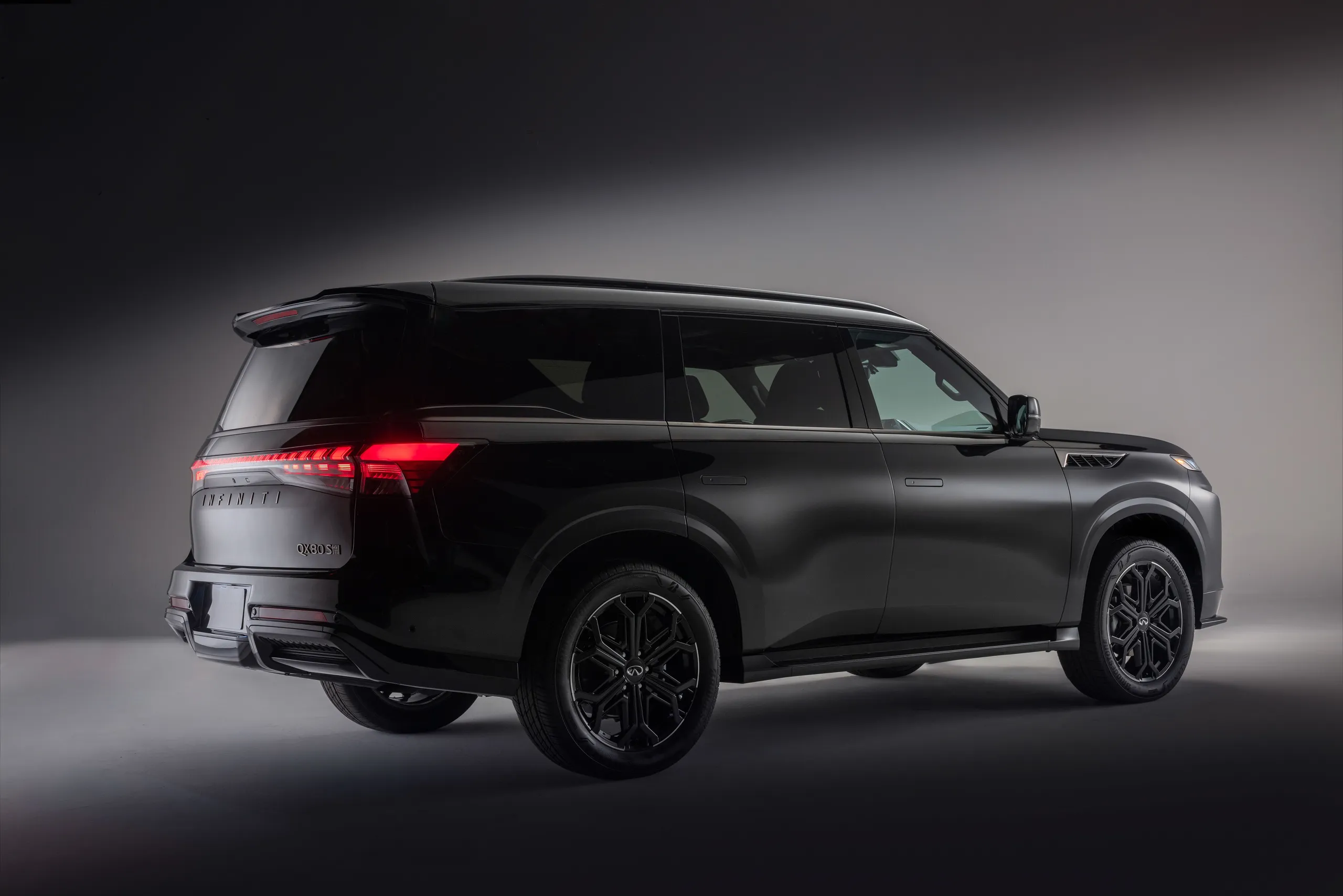
If absolute comfort is your top priority, some rivals absorb sharper impacts better. Still, the tuning keeps the body stable through curves and maintains a quiet cabin. The takeaway: it’s beautiful, confident, but could be less stiff over real-world bumps.
Is the “Dusk Blue” interior real luxury or just marketing?
It’s authentic luxury: front seats with heating, ventilation, and massage as standard; second-row captain’s chairs (also climate-controlled), and a spacious third row. Ambient lighting with 64 color options and high-quality trim elevate the “modern club” vibe without crossing into tacky territory.
Cargo space is a strong point: up to 101.0 cubic feet (≈2,860 L) with seats folded. Behind the third row, there are 22.0 cubic feet (≈623 L). Practical for families, trips, and all your gear — no need to compromise.
Does the tech package really lead its segment?
The Monolith Display System with two 14.3-inch screens under a single glass, plus a third 9-inch display for climate and modes — organized, intuitive, and highly functional. Integrated Google, wireless Apple CarPlay/Android Auto, and ProPILOT Assist (up to 2.1 available) create an experience of “hospitality” à la Omotenashi complete and well-thought-out.
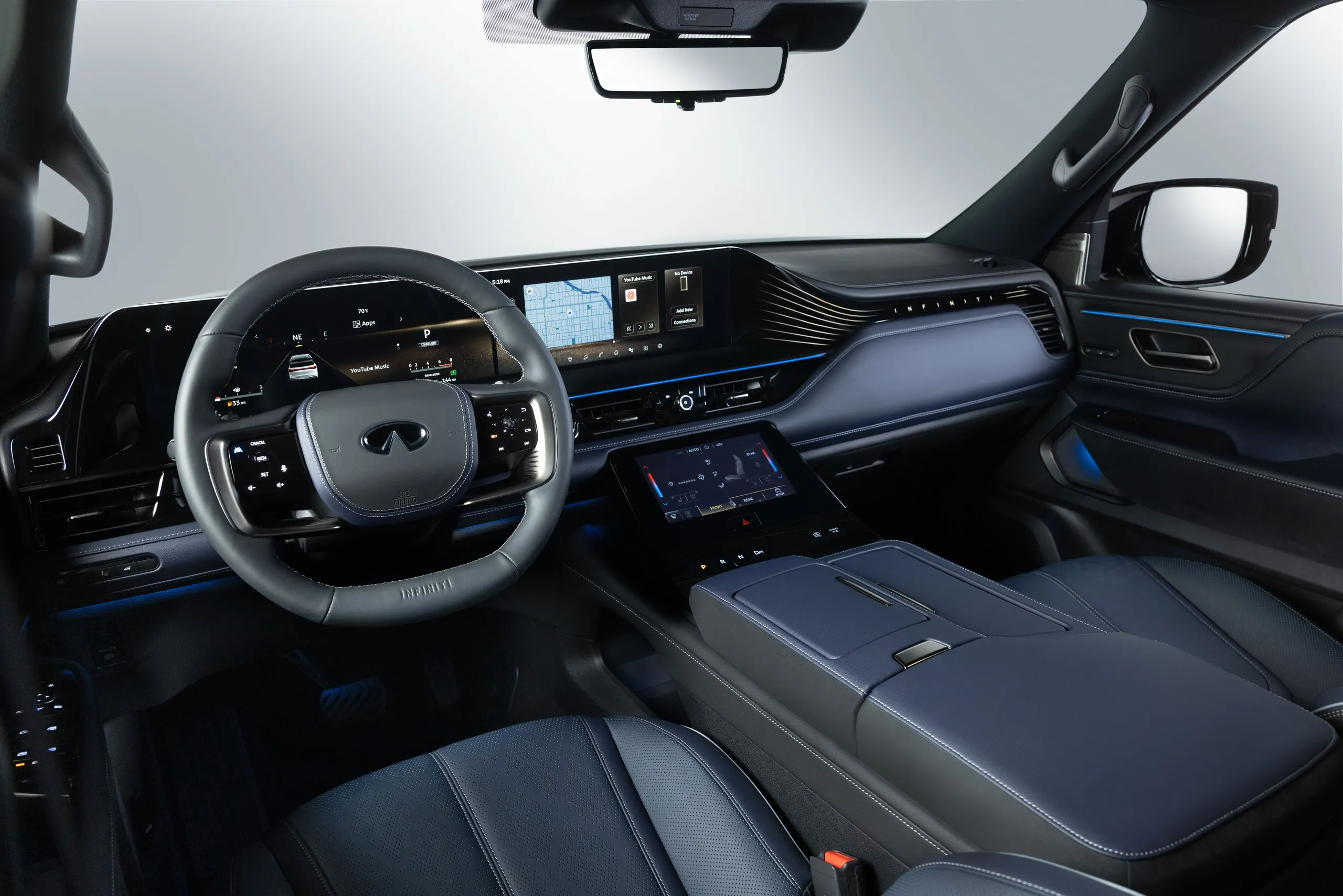
The Klipsch Reference Premiere audio system with 24 speakers and 1,200 W output is outstanding. Titanium tweeters, TriPower subwoofer, and even individual audio for headrests — impressive sound quality for serious music lovers with hi-fi pedigree.
How are fuel consumption and driving range?
Official ratings for 4WD models: 16 mpg city, 19 mpg highway, and 17 mpg combined (≈14.7 / 12.4 / 13.8 L/100 km). At a steady 75 mph (120 km/h), third-party testing recorded 23 mpg (≈10.2 L/100 km). The 23.6-gallon (≈89.3 L) tank offers good range.
In other words, efficient for its size. It’s still a large gasoline SUV, and physics don’t lie. But on long trips, the fuel economy pleasantly surprises — kudos to the twin-turbo V6.
Pricing and trims: Does the Sport make sense for what it offers?
MSRP range: PURE RWD $83,750; LUXE RWD $90,850; SPORT 4WD $101,950; AUTOGRAPH 4WD $111,500. The Sport jumps over $11,000 from the LUXE, but adds 4WD, a complete aesthetic package, massage seats, Klipsch 24, Biometric Cooling, and the theatrical Light Path. Overall, the value balances out.
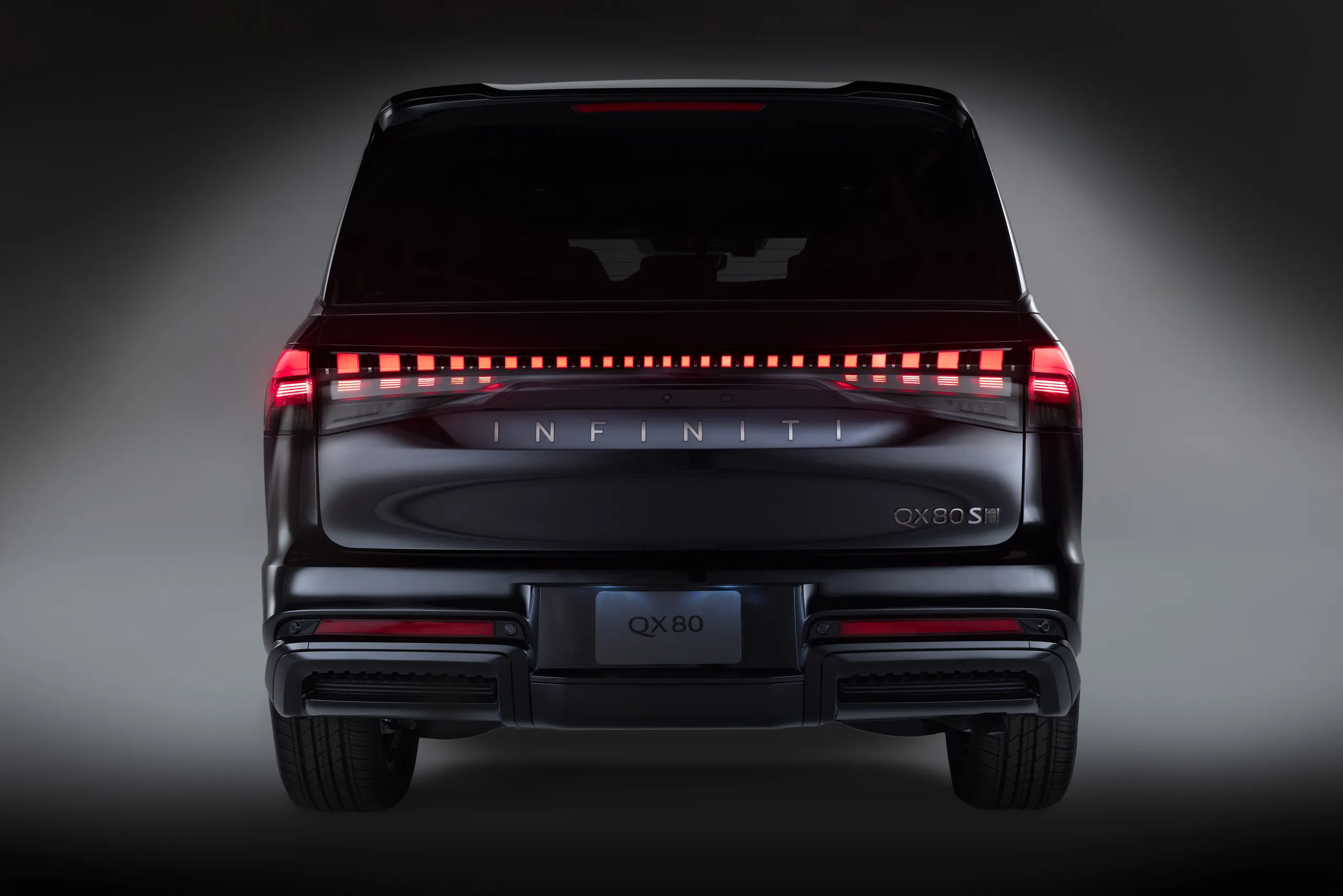
If you want “ready to go” with a special edition look, the Sport is the sweet spot. For the highest level of comfort and finish in the flagship lineup, the Autograph is your choice — and your budget.
Who does it compete with, and what should you know now?
Direct competitors include Escalade, Navigator, GLS, X7, and LX 600. Within the American segment, the goal is to compete on torque, technology, and features — with a slightly sweeter price point than some of the heavy European rivals.
If you’re after full-size SUVs with ruggedness and content, consider also the adventure package of the GMC Acadia Denali Ultimate (another luxury-focused, smaller-sized option) to compare value in technology and materials.
Key numbers in 10 seconds
- V6 3.5 twin-turbo, 450 hp
- 516 lb-ft (≈700 Nm)
- 9-speed automatic
- All-Mode 4WD standard
- 0-60 mph in 6.1 seconds
- Towing: 8,500 lbs
- Fuel economy: 17 mpg
- Tank capacity: 23.6 gallons
Direct comparison: where the QX80 Sport wins and loses
- Torque: segment leader
- Audio: exclusive top-tier system
- Tech: cameras and ProPILOT
- Comfort: 22-inch wheels increase firmness
- Price: competitive for its content
- Prestige: below European icons
What about other large SUVs — should you check out alternatives before deciding?
If you prioritize luxury with a sensible total cost, a hybrid three-row SUV like the Hyundai Palisade 2026 might appeal to your rational side; it’s not a full-size classic, but it offers sophistication and efficiency.
Prefer the “muscular old-school” vibe? Consider the capable and tech-rich package of the Chevrolet Tahoe 2025, renowned for space and engine options, to compare value and features.
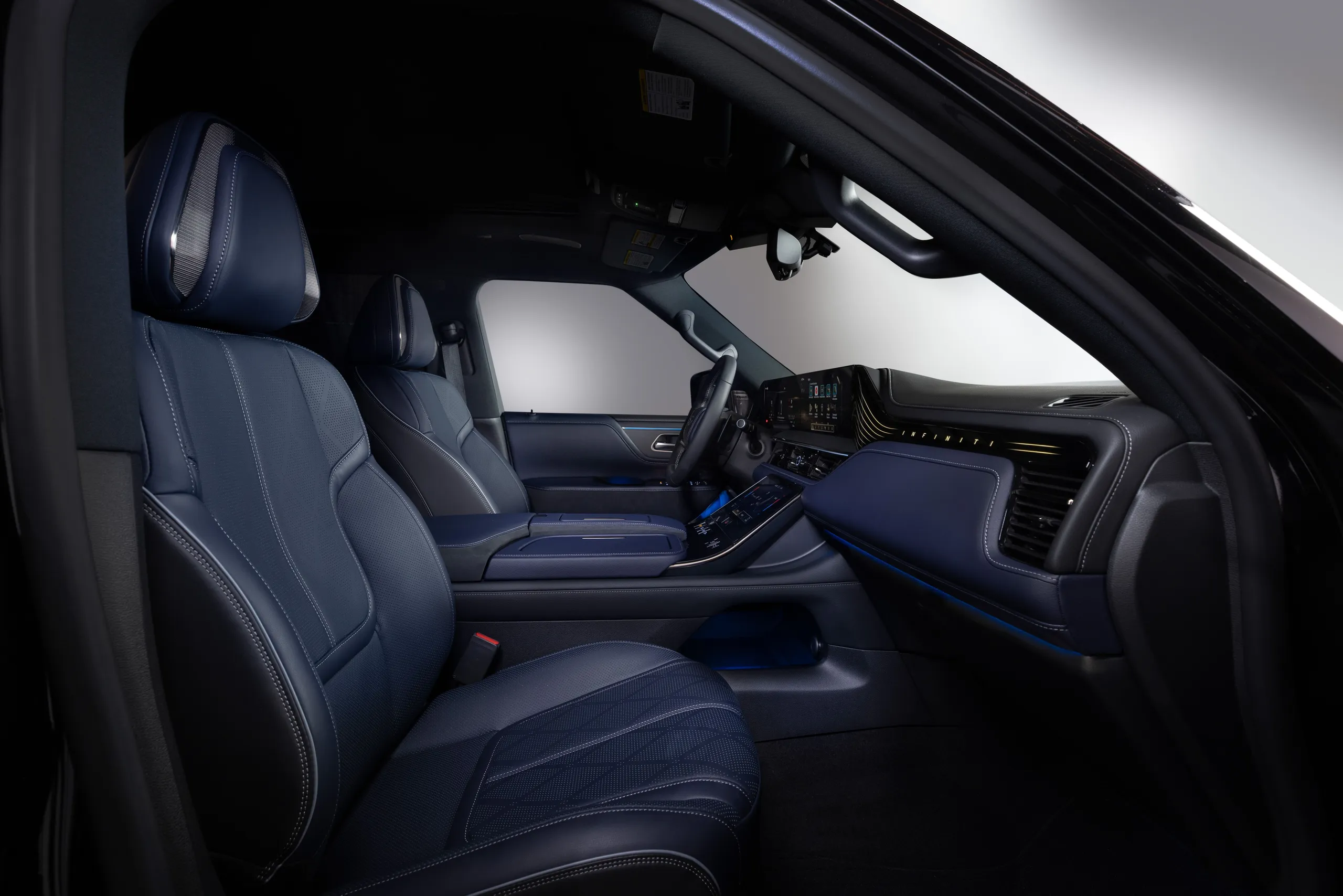
What if electric luxury is on your radar now?
Looking to silence the V6 and embrace instant torque? The Jeep Wagoneer S points to an electric future with a premium vibe — another interesting benchmark before committing to the QX80.
Or, if your heart beats faster for bold design and the camera system of the QX80 (Invisible Hood, Wide Front View) wins you over, it’s hard to get this monolith out of your head — damn, that’s a beautiful car.
Quick FAQ
- Does the “Sport” boost performance? No. It’s a style/equipment package with standard 4WD, but the same powertrain as other trims.
- What’s the main weakness? Rough ride on poor pavement due to 22-inch wheels and low-profile tires.
- Is semi-autonomous driving available? Yes, ProPILOT Assist 2.1 is available, with hands-off driving on mapped roads (driver’s attention always required).
- How’s the cabin sound system? The Klipsch 24-channel system is top-notch for the segment, offering individual audio in headrests.
- Is it good for long trips? Yes: large tank, good insulation, and cruise consumption better than expected for the size.
Brief technical sheet: the essentials, no fluff
Engine: VR35DDTT 3.5L twin-turbo V6; 450 hp @ 5,600 rpm; 516 lb-ft (≈700 Nm) @ 3,600 rpm. Transmission: 9-speed automatic; Drivetrain: All-Mode 4WD; 0-60 mph: 6.1 seconds; Top speed: 123 mph (limited); Towing capacity: 8,500 lbs; Fuel economy: 16/19/17 mpg (city/highway/combined); Tank: 23.6 gallons; Wheels/Tires: 22” (likely 275/50R-22). Dimensions: 211.4” x 83.3” x up to 80.1”; Wheelbase: 121”; weight: approximately 6,500 lbs.
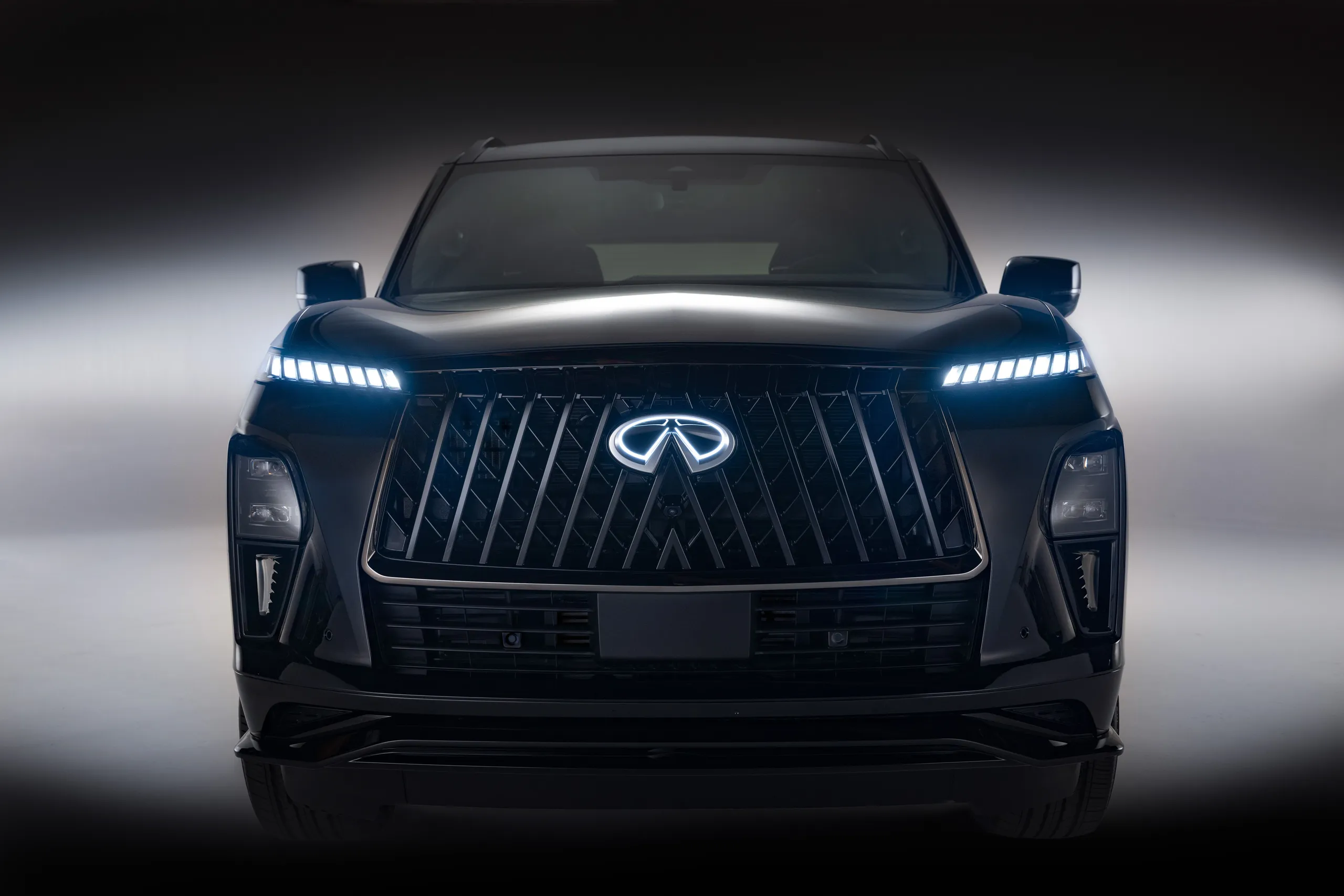
Sport content: exclusive grille and bumper, dark accents, Dusk Blue interior, Klipsch 24, massage seats, Biometric Cooling, INFINITI Light Path, air suspension, and adaptive damping. To compare visual appeal and “special edition aura,” see how an iconic off-road model also offers special series, such as the Ford Bronco 60th Anniversary.
3 quick summary sentences
- Stunning aesthetics and tech
- Segment-leading torque and quietness
- Comfort struggles on rough terrain
“Fast and quiet even under heavy acceleration,” confirm independent tests — a rare combo in SUVs of this size proven in detailed measurements.
“Integrated Google and cohesive screens make the car seem smarter than the driver” — I said this half-joking, but the ecosystem really adds value in everyday use.
“Klipsch audio worthy of a concert hall” isn’t an exaggeration: 3D soundstage and premium materials make any playlist sound outrageously good for a factory SUV.
My opinion: who should buy and who should pass
If you’re after a large luxury SUV that breaks the mold, with distinctive Japanese design, a tech-savvy cabin, and effortless torque, the QX80 Sport 2026 is a great choice. The price is high, but the package is substantial and coherent. Meanwhile, if your priority is “magic carpet” ride comfort on bad roads, test smaller-wheel rivals — here, the 22-inch wheels take their toll. Overall, it’s a modern, bold, and highly capable luxury SUV with a dash of “more damping, please.”
Now it’s up to you: Did the QX80 Sport earn your vote, or does the suspension’s performance vs. comfort compromise weigh more? Leave your comment and tell us which rival convinced you and why.

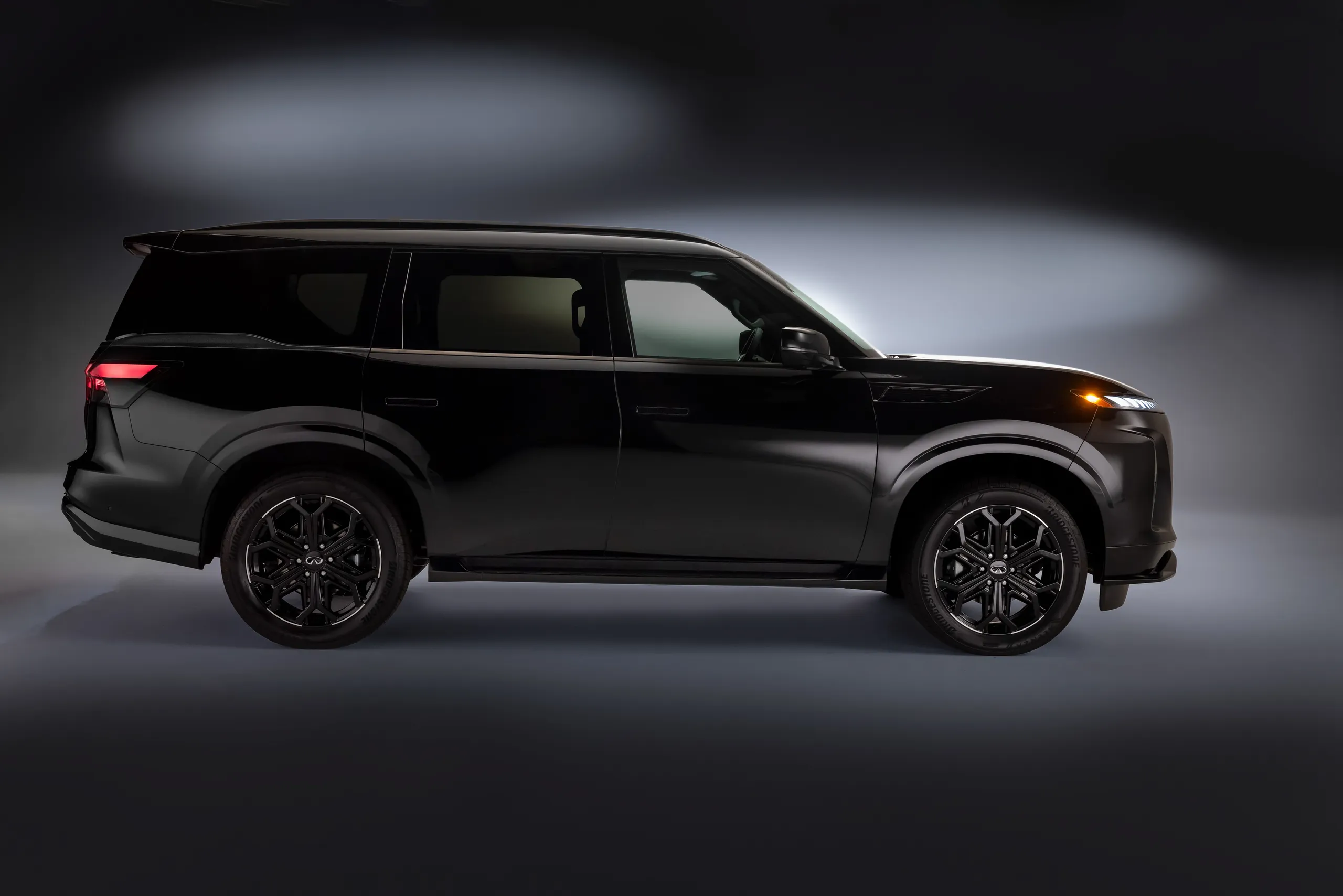

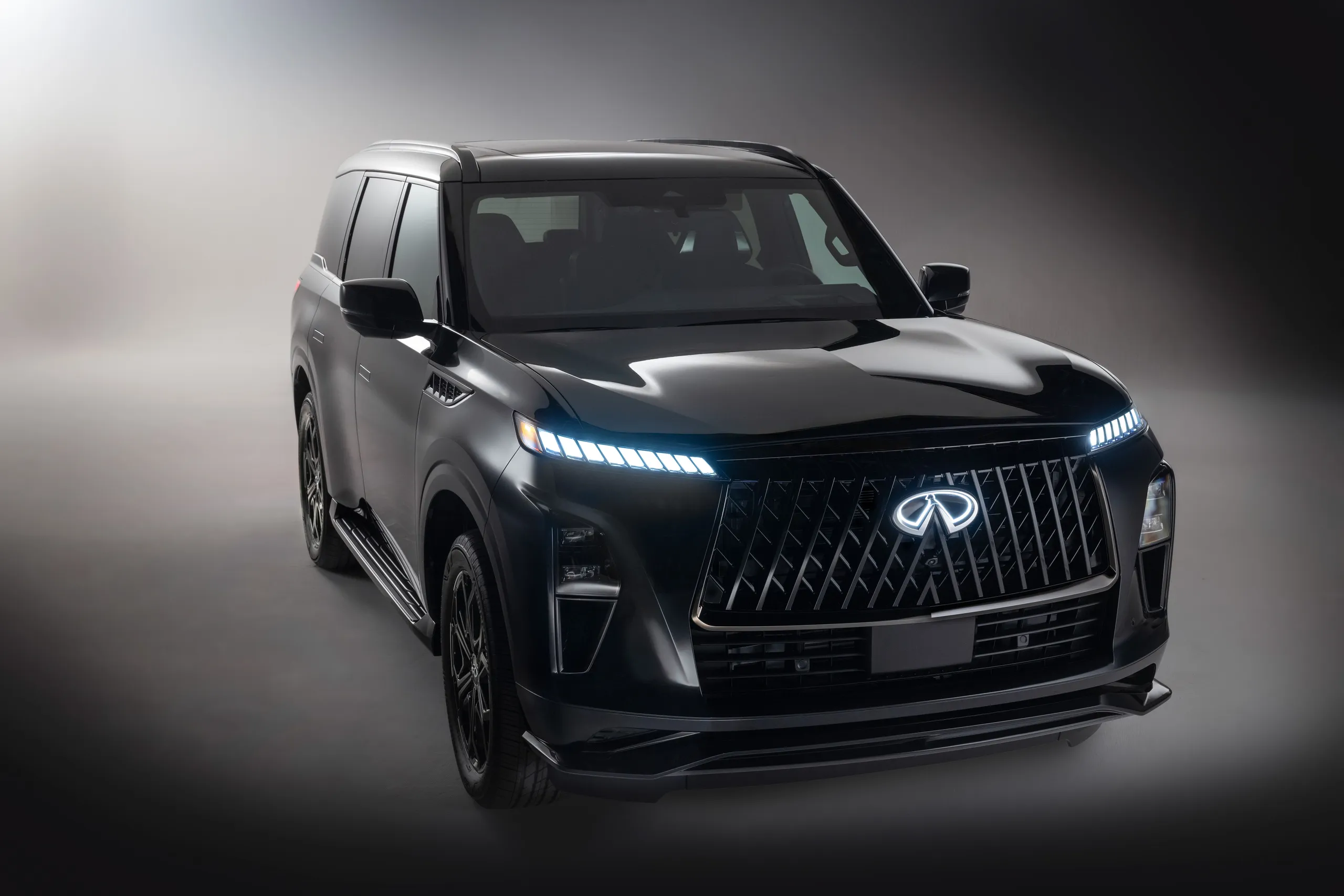


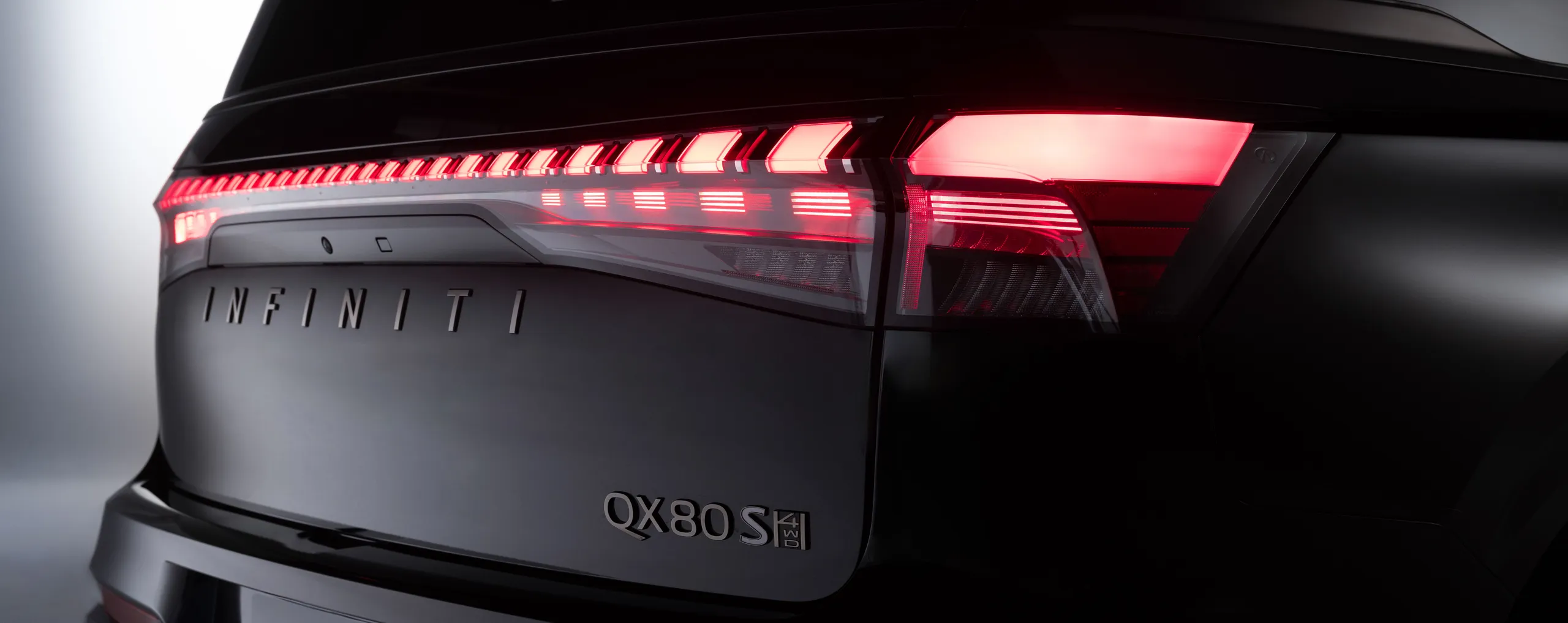
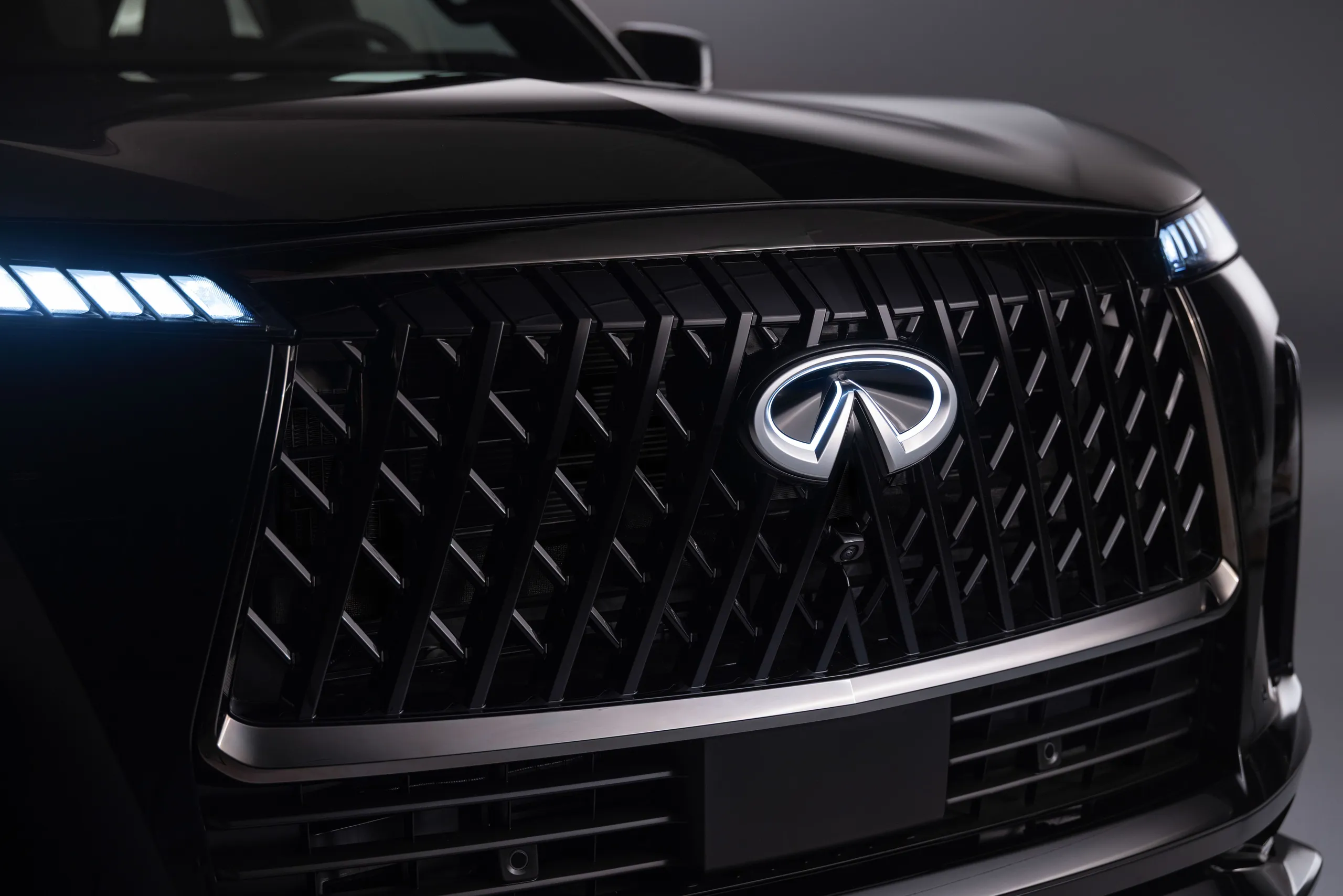
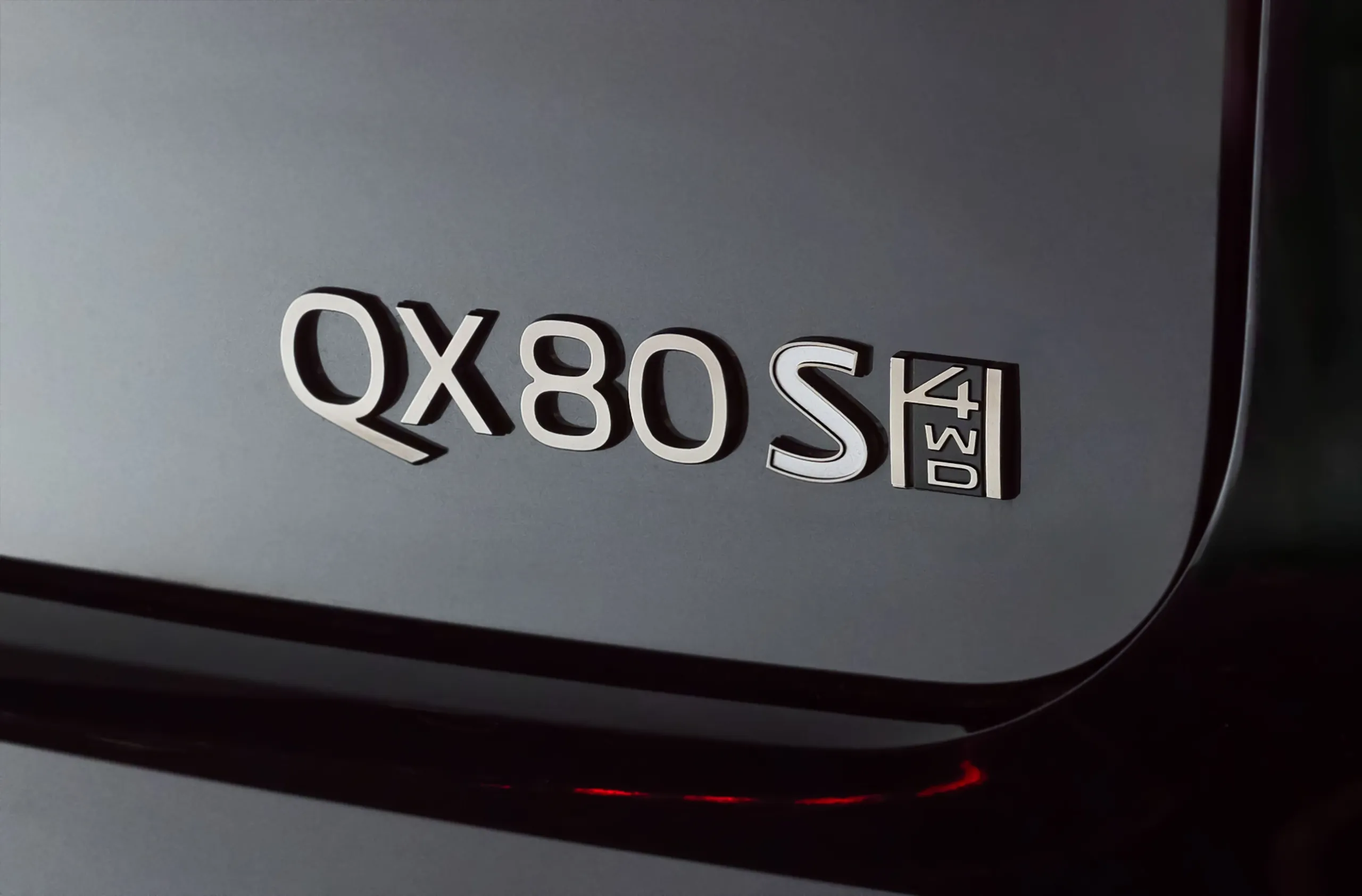

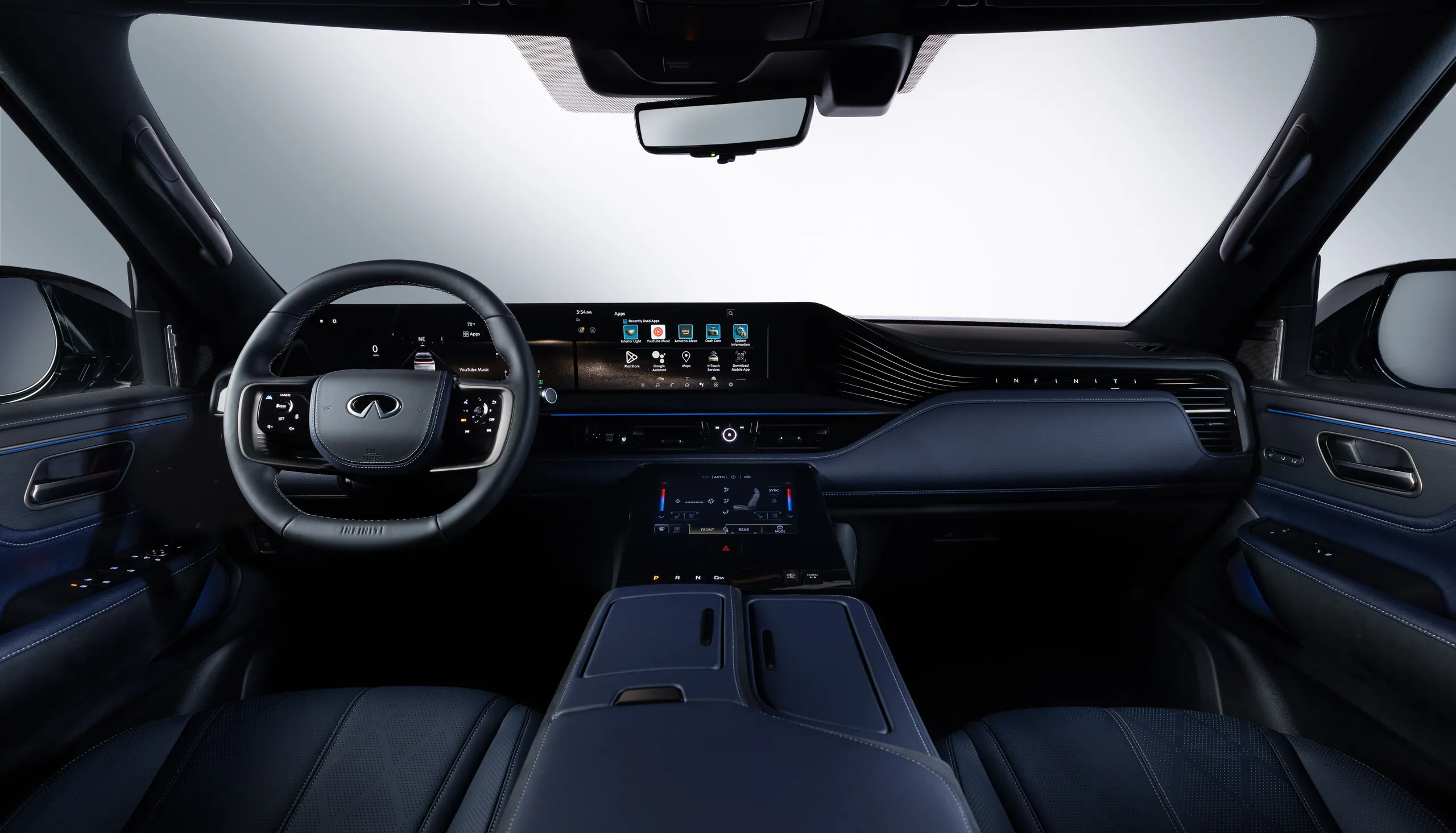

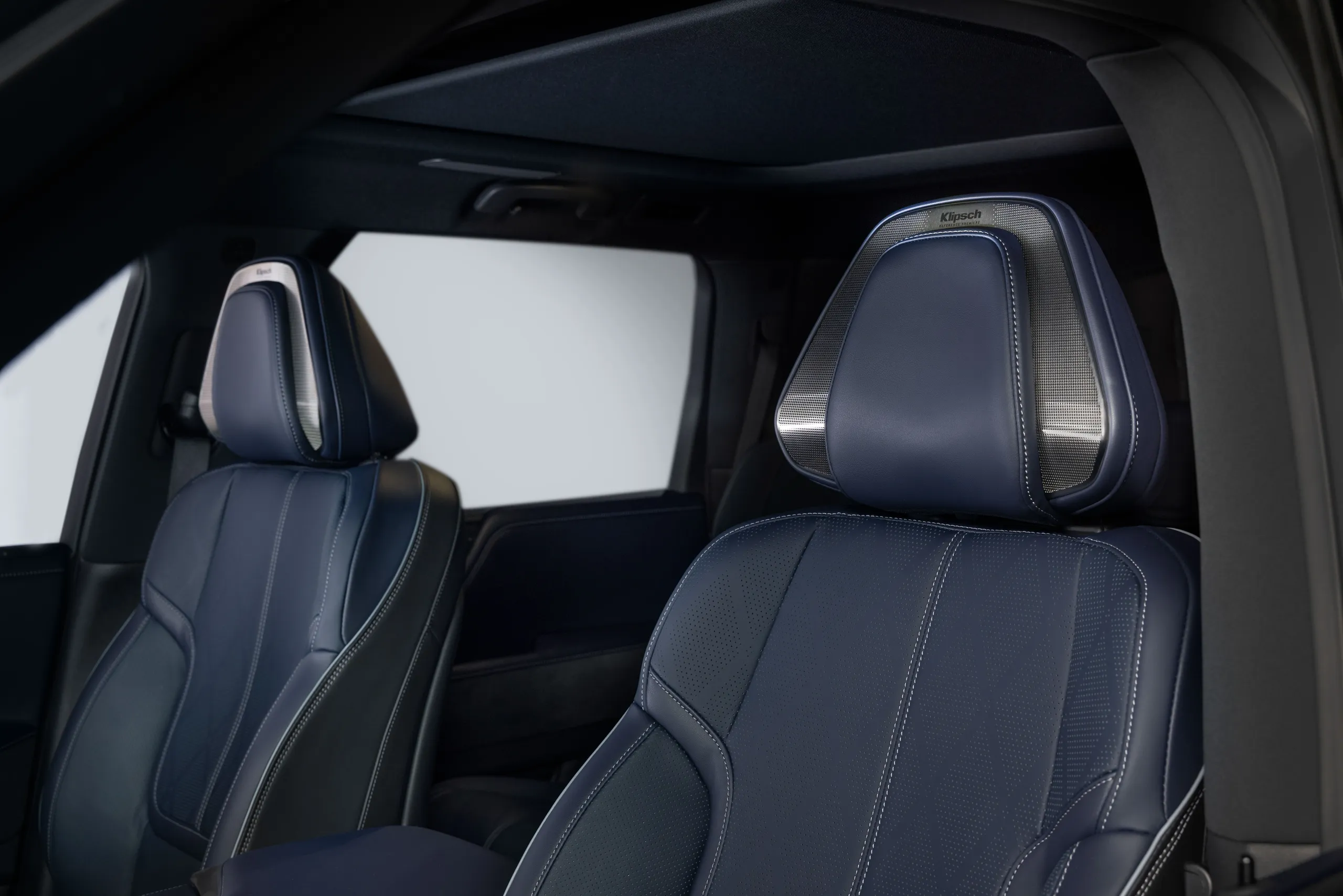

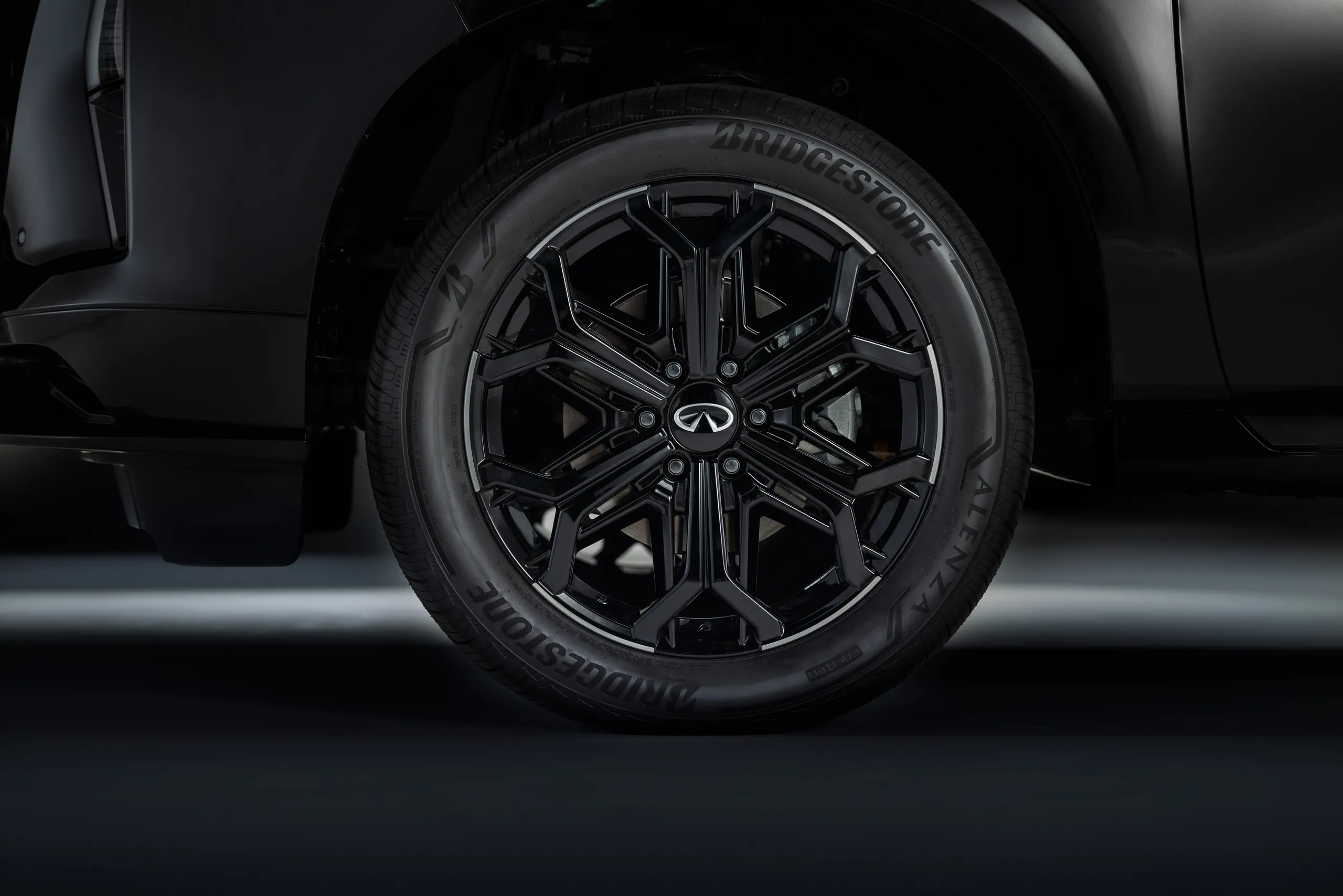

Author: Fabio Isidoro
Fabio Isidoro is the founder and editor-in-chief of Canal Carro, where he has been writing about the automotive world since 2022. Passionate about cars and technology, he began his journey on the HospedandoSites portal and today dedicates himself to creating technical content and comprehensive analyses of national and international vehicles. 📩 Contact: contato@canalcarro.net.br

